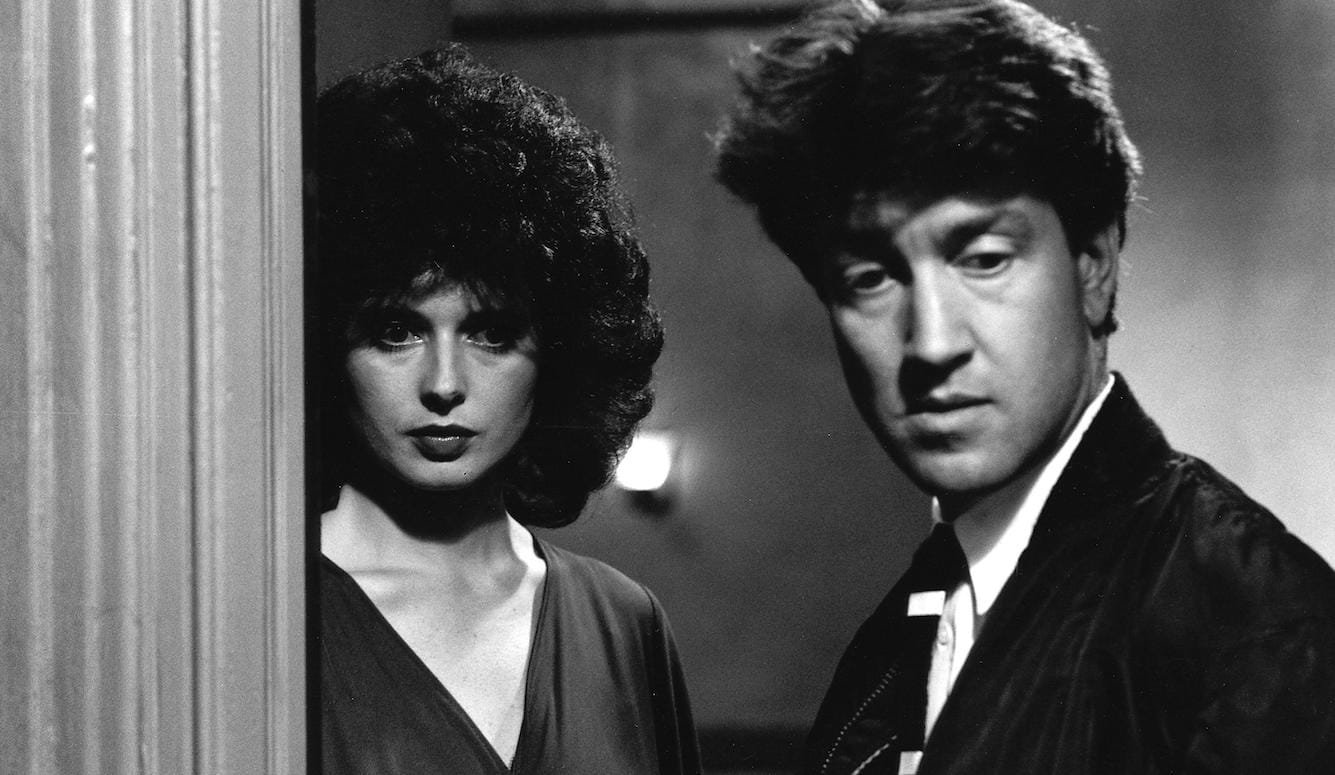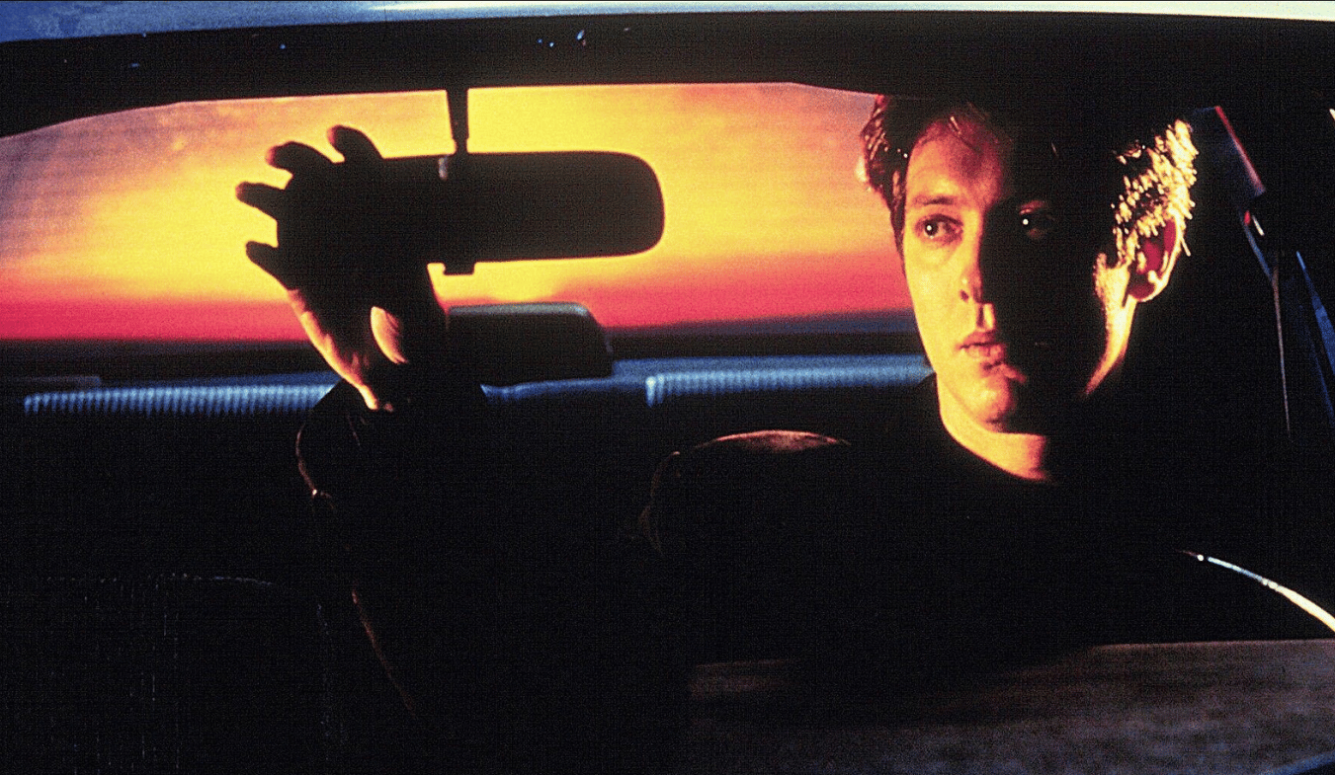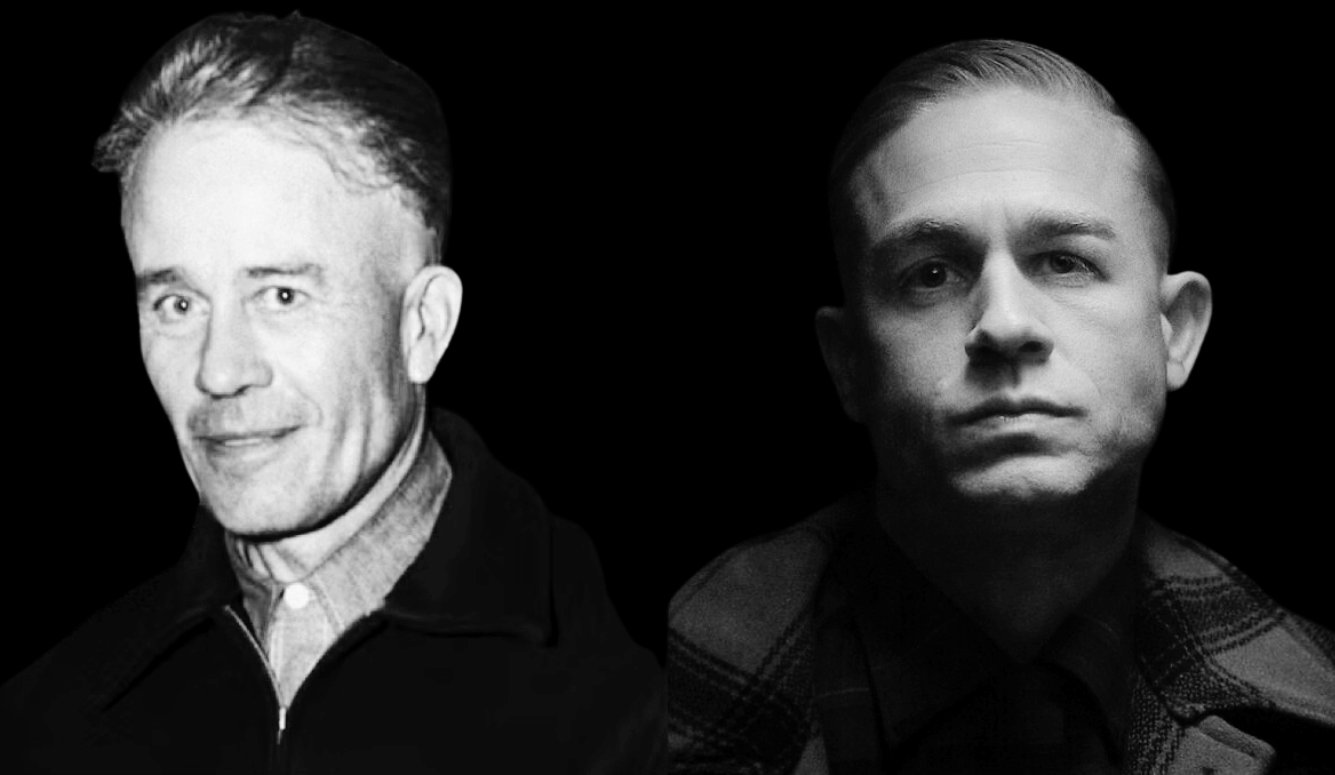
David Lynch, who died on 15 January aged 78, was that rare phenomenon in cinema: an arthouse director who found popular success without compromising his ferociously original vision. Even his most conventional pictures—The Elephant Man (1980), Dune (1984), and The Straight Story (1999)—are strange and unusual. And with his groundbreaking series Twin Peaks, Lynch found his greatest success on network television—that most aggressively banal form of popular entertainment. But Lynch will be best remembered for his most unconventional pictures. Films like Blue Velvet (1986), Wild at Heart (1990), Lost Highway (1997), Mulholland Drive (2001), and Inland Empire (2006) secured his place in cinematic history as the only purely American surrealist.
Lynch seemed to have no interest in the European tradition of surrealism; he derived his aesthetic entirely from American materials and archetypes. His style was saturated with America’s image of itself, especially the America of the 1950s in which he grew up—James Dean haircuts, Roy Orbison songs, motorcycles, chrome-plated jalopies, gee-whiz dialogue, leather jackets, endless reincarnations of Marilyn Monroe, and all the other accoutrements of early suburbia and the rebellion against it. Most American artists disdain that period as the quintessence of conformity and consumerism, but Lynch was fascinated by it. It is not a coincidence that he was so successful on television, the medium that, above all, defined the era.
However, Lynch’s films also captured something elemental about 20th-century American culture’s schizophrenic combination of sweetness, naiveté, nobility, dread, silent corruption, and apocalyptic violence. As Orson Welles once observed, “There's nothing you can say about America, good or bad, that isn't true.” And out of the vastness of this strange civilisation, Lynch forged an aesthetic that embraced it all. Critics routinely remark that Lynch’s work exposed the “seedy underbelly” of American suburban life, but like all cliches, this is only half true.
Yes, Lynch explored the darkness beneath the suburban veneer, a theme epitomised by the famous shot in Blue Velvet revealing masses of seething insects just below the impeccably manicured lawns. But he also embraced the light above, personified in the fundamental (but flawed) decency of his protagonists, who usually triumph over the brutality they uncover and confront. Blue Velvet and Wild at Heart are ultimately stories about the redemptive capacity of romantic love, and the teenage crush that Audrey (Sherilyn Fenn) harbours for FBI agent Dale Cooper (Kyle MacLachlan) in Twin Peaks is touching in its sincerity. Indeed, Twin Peaks is a mosaic of people who insist on loving each other despite the horrors they face. This generosity of spirit is personified by the troubled Laura Palmer (Sheryl Lee), whose shocking murder provides the impetus for the saga—a symbol of beauty and purity horribly wronged by unspeakable evil.
Not all of Lynch’s films arrived at happy endings. Lost Highway is a work of relentless pessimism, in which the devil himself makes an appearance. Mulholland Drive, often (but wrongly) described as Lynch’s greatest work, ends on a note of despair, when the love affair at the film’s centre is revealed to be the fantasy of a young woman destroyed by broken dreams. Twin Peaks itself ended its first run on a sinister cliffhanger and concluded its second with another, which will now remain unresolved.

Lynch’s achievement was to express this complexity through a strange combination of iconoclasm and classicism, cynicism and sentimentality. Sometimes he indulged in eccentricity for its own sake (which is not necessarily a vice), but he always pulled it off with stunning virtuosity. Few other filmmakers have been so in love with their their medium and succeeded in exploiting it with such beauty and skill. His films may be radical in terms of their ideas and structure, but they look like elegant masterpieces from the Golden Age of Hollywood, when professionalism was an art form in and of itself.
This rare ability to synthesise the mad and the stentorian is what made Lynch distinctive. The classicism of his technique anchored his films, allowing him to veer into the deranged and the inexplicable without alienating his audience. And he was one of the very few American directors unafraid to explore eroticism in all its forms, with a dark and radiant sensuality that was difficult to resist, like a dream from which the viewer does not wish to awaken.
The mesmerising power of Lynch’s imagination is most effectively displayed by his startling debut feature Eraserhead (1977), a tale of reproductive anxiety and body horror shot in depthless black and white against a stark industrial backdrop. The plot concerns the efforts of hapless protagonist Henry Spencer (Jack Nance) to care for his sick and monstrously deformed new baby after his girlfriend leaves him, but this synopsis doesn’t really convey just how visually and sonically strange the experience is. During the exterior scenes, the dense soundtrack heaves with groaning pipes and breathing machinery, while the gloomy interiors unfold in awkward silence punctuated by halting conversations. As the story progresses, the turmoil inside and outside Spencer’s head become increasingly difficult to distinguish, until his anxieties finally explode in an orgy of surrealist imagery.
The film’s mystique (not to mention that of its director) has only been amplified by Lynch’s adamant refusal to offer explanations of his work or his methods. “Don’t ask me about the baby,” Lynch would instruct the curious whenever he was invited to disclose how the film’s extraordinary practical effects were accomplished with such a tiny budget. “Believe it or not, Eraserhead is my most spiritual film,” Lynch told an interviewer in 2007. “Elaborate on that if you would,” the interviewer suggested. “No, I won’t,” Lynch replied.
Lynch’s impish evasion about the baby points to Eraserhead’s most extraordinary quality, because it is one of the most impressive special effects in movie history; as believable and disturbing as anything the best Hollywood technicians have ever devised. That it appears in a no-budget independent film is a tribute to its creator’s genius. So is the rest of the film. From its opening shots of the enigmatic “Man in the Planet” struggling with the machinery that drives the world in perfect monochrome, it is evident that we are in the hands of a prodigy.
Eraserhead quickly attracted a devoted cult of admirers among fans and peers alike. Rumoured to have been one of Stanley Kubrick’s favourite films, it emerged from its years-long production to become a hit on the midnight-movie circuit, and then the director’s unlikely ticket to Hollywood. Lynch would go on to make better films and even better television, but Eraserhead is a remarkable example of a first feature in which the artist’s talents and preoccupations are already fully formed. Like Welles’s Citizen Kane, it tells you everything you need to know about its maker and his unique sensibility.
The other project that deserves a special mention is Rabbits, a series of digital short films released online in 2002. Although it may seem like a minor work, it is among Lynch’s greatest achievements and perhaps the best example of his mature style. Conceived as a nine-part sitcom, each episode of which is recorded by a static camera in a single unbroken take, three anthropomorphic rabbits potter about their threadbare apartment and speak in non-sequiturs beneath an ominous musical drone and the sound of perpetual rain. An incongruous laugh track periodically interrupts the action, and wild applause erupts whenever anyone enters the room.
Occasionally, one of the rabbits delivers an indecipherable soliloquy and sings until it fades away into nothingness. At other times, a disembodied mouth appears babbling incomprehensibilities in a basso profundo and an animated flame shoots from the wall to the sound of crackling electricity (a Lynch trademark). Disembodied footsteps can be heard in the unseen hallway, the camera sporadically loses focus, and from time to time, the lights go out, plunging the rabbits into total darkness or saturated blood-red lighting. Everything is fraught with a gathering sense of mystery and dread.
To some viewers, this must have looked and sounded like gibberish. But as someone who grew up on the sitcoms of 1980s and 1990s America, I found Lynch’s reworking of their familiar tropes hypnotic, hilarious, and oddly moving. Rabbits captures this quintessentially American genre as it was before more sophisticated shows like Seinfeld and The Simpsons helped to revolutionise the form. Most sitcoms back then were inanely formulaic, desperately unfunny, aesthetically bland, and cloyingly sentimental. By making a deranged sitcom, Lynch demonstrated how deranged sitcoms actually were.
In synopsis, this might sound like a savage satire of American banality. But Rabbits is something else entirely. As the anxiety mounts and the rabbits grow more and more frightened of the threatening world outside, they turn to one another for comfort. Even as their musings grow more inexplicable and strange, they never leave each other alone for long, and at the end of the final episode, they embrace on the sofa—their only piece of furniture—as one of them says: “I wonder who I will be.” It is a poignant depiction of human empathy in the face of an inhuman world.
Lynch’s surprisingly successful career proves that there is still an appetite for challenging art. Corporate assets may dominate much of American popular culture today, but the country can still occasionally produce genuinely original and idiosyncratic talent. However conventional he became at times, Lynch was always Lynch, distinctive and inimitable.
There is something quintessentially American about these qualities, too. As a supremely individualist society, America has always given pride of place to the man alone who wanders the earth dedicated with absolute integrity to his own particular code of conduct and his own way of being in the world. The iconic examples of that archetype are usually moguls like Steve Jobs or Elon Musk, but Lynch’s singular body of work indicates that the man alone can still be an artist as well.
Lynch’s films remind us that we do not yet have to surrender to the whims of a decadent Hollywood machine or the focus-group aesthetic of giant media corporations. There is still room for those who hand-make monstrous babies and demented sitcoms, and who combine technical virtuosity with a free and fearless imagination. There will not be another David Lynch, but perhaps this strange and Promethean nation will be capable of creating other strange and Promethean artists. I wonder who they will be.






